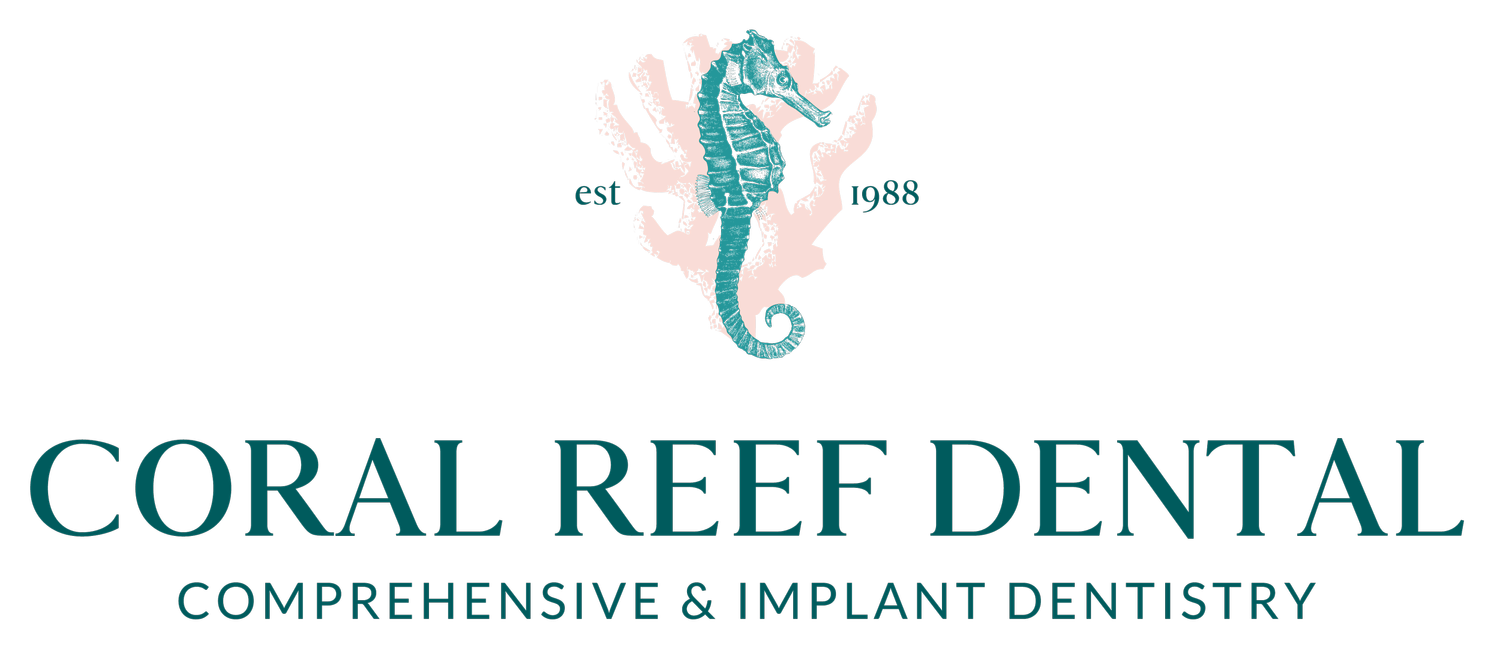How Much Do Retainers Cost?
Retainers are essential for keeping your teeth straight after braces or other corrective treatments.
However, many factors affect the overall cost of your retainer. You’ll need to consider all your options to decide which is right for you.
Join us to learn more about the common types of retainers and how much you can expect to spend on them.
What are retainers?
If you’ve had braces or used other corrective devices to straighten your smile, your orthodontist likely mentioned that you’ll need a retainer once your teeth are in the proper location. Here’s a bit more information on these devices.
What is the purpose of retainers?
After your braces come off–or your aligner treatment comes to an end–your teeth will naturally try to shift back into their original position. Teeth also move as a result of the aging process. Retainers help avoid this by holding your teeth in place. There are several different types that you can either wear to bed each night or have permanently affixed to your teeth.
What is the difference between retainers and aligners?
Dental aligners are an alternative to braces. These clear plastic devices slip over your teeth to slowly correct their placement. They often come in a series, so each one moves your teeth just a small amount, and the next picks up where the previous aligner left off, eventually giving you the straight smile of your dreams. Because more aligners are required to accomplish your goal, they’ll generally cost more than retainers.
Despite their similar appearances, the goals of retainers and aligners are at odds with one another. While aligners move your teeth into a new position, retainers help hold them in place.
Factors that affect the cost of retainers
Many different factors will impact the cost of your retainers. Here are a few things to consider while shopping for the right provider.
What type of retainer do you require?
All retainers fall under two categories: boned or removable. Your orthodontist might suggest one over another for many reasons. Each style has pros and cons you’ll want to consider before deciding which solution is right for you.
Bonded Retainer
Permanent, fixed, or bonded retainers are long-term devices intended to stay in your mouth indefinitely. They consist of molded plastic that fits along the roof of your mouth or under your tongue, as well as a metal wire that can be bonded to the back of your teeth with adhesive or wrapped around a couple of teeth to hold it in place.
These can be a good option for patients who want to set it and forget it. However, it can be hard to maintain proper oral hygiene. People with permanent retainers may be at higher risk for infections and adverse side effects like bad breath and plaque build-up.
Without dental insurance, you can expect to spend $250 to $500 per arch.
Removable Hawley Retainer
When you imagine dental retainers, you might picture the Hawley-style. These include a molded plastic or acrylic base and a metal wire that runs along the front of your smile. You can adjust loops along the wire to make it looser or tighter.
While this style is very effective when properly fitted, some people find them uncomfortable.
The average cost for this style is between $150 and $300 for each arch.
Removable Essix Retainer
Essix retainers have soared in popularity due to their discreet appearance. These clear plastic devices look just like aligners, but their purpose is the same as other retainers–to keep your teeth where they are.
Essix retainers can wear out more quickly than other types, especially when used by people who tend to grind their teeth. These retainers will cost anywhere from $150 to $500 for a full set, depending on your provider.
Do you have dental insurance?
Of course, dental insurance can affect the cost of your retainer. Many dental insurance plans that include orthodontic treatments will cover one set of retainers for the life of the policy. Other insurance providers might cover a percentage of replacement costs for your retainer.
In either case, you’ll need to read through your coverage plan or call your insurance provider to find out.
Are you replacing a retainer or receiving a new one?
In addition to insurance coverage, other factors may affect the cost of your replacement retainer. If your teeth have shifted or it’s been a while since you’ve seen your provider, you may need to go in and have new molds created that reflect the current position of your pearly whites.
If your dentist or orthodontist offers a protection plan for your retainer, it’s probably a good idea to accept. They might present this option when creating your treatment plan to straighten your teeth or when you graduate to your first retainer.
Why would you need to replace a retainer?
There are plenty of reasons you might need to replace a retainer. Some of these will be in your control, while others won’t. Here are a couple of common reasons to replace your retainer.
Damage to the retainer
Removable retainers have a shorter lifespan than bonded styles. The plastic in Essix retainers can wear down or become misshapen over time. Similarly, the metal bands on Hawley retainers might bend or break if pushed to the limit. When this happens, it’s time for a replacement.
Shifting in teeth
Retainers that don’t fit properly–or haven’t been worn as directed–won’t be able to hold your teeth in place. Your retainer should be snug but comfortable. Most importantly, you actually have to wear it! After all, it won’t do you any good sitting in its protective case.
Coral Reef Dental is here to provide you with expert oral care!
At Coral Reef Dental, we’re committed to providing our patients with the highest level of care in a comfortable, relaxing environment. We offer routine dental care, as well as specialized services like sleep apnea treatments and sedation dentistry.
Contact us today to see how we can help you achieve optimal oral and overall health!


